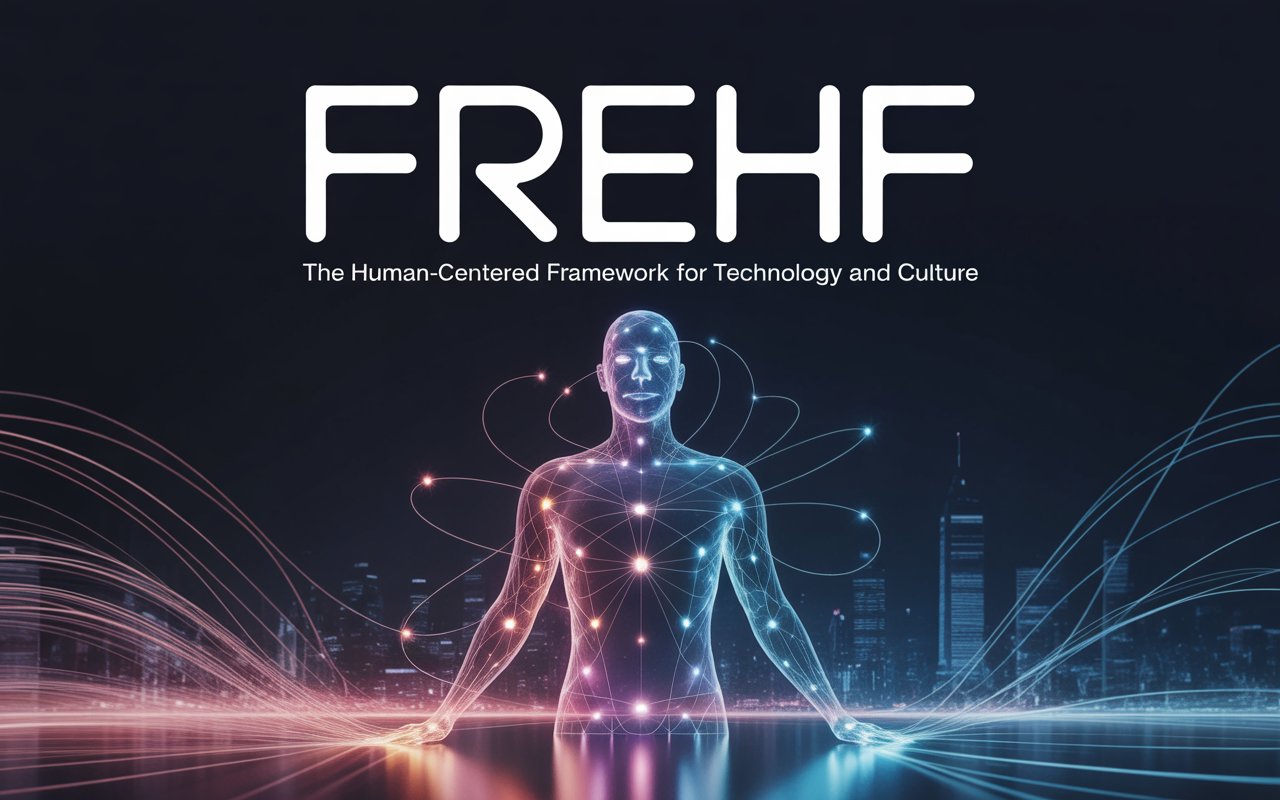Frehf is an emerging concept that stands for Freedom, Resilience, Ethics, Harmony, and Flourishing. More than a term, it’s a human-centric blueprint aiming to reshape how we design technology, build communities, and nurture mental well-being. Frehf encapsulates the growing desire for environments—both digital and physical—that center human dignity, emotional health, and sustainable interaction. Its relevance is expanding across creative communities, ethical tech circles, and holistic innovation.
The Origins and Philosophy Behind Frehf
The idea of Frehf began circulating in niche technical and philosophical discussions around 2022 and gained momentum by mid-2024. Coined in collaborative settings among innovators concerned with digital wellness, ethical AI, and trauma-informed design, Frehf reflects a desire to merge autonomy with compassion. The word itself echoes “fresh,” symbolizing a renewal of values-driven progress. Implicit in the emergence of Frehf is a recognition that technology has outpaced our emotional readiness—and that reframing innovation through Frehf offers a corrective path.
Core Principles of Frehf
At its foundation, Frehf embraces five interconnected principles. Freedom refers not just to political autonomy but to emotional, cognitive, and digital liberation—freedom from surveillance, coercive algorithms, and exploitative platforms. Resilience means cultivating adaptability—in mental health, social systems, and personal growth. Ethics implies values-first design across every level of creation. Harmony emphasizes balance—aligning productivity with peace, innovation with sustainability. Flourishing points to a deeper sense of well-being—beyond surviving, thriving in education, creativity, environment, and community.
Frehf in Digital Culture
Digital platforms adopting Frehf reframe how people interact online. In emerging social apps, Frehf is expressed through algorithm-free timelines, no targeted advertising, and built-in mood tracking—offering a gentle, autonomy-respecting experience. Designers begin embedding Frehf into user interfaces that allow for private mood boards, ambient sound layering, and calm layouts that reduce sensory overload. These elements help reshape the online experience from addictive to intentional, especially appealing to neurodivergent users and those tired of performative feeds.
Frehf and Ethical Innovation
For developers and startups, Frehf offers a guiding framework. Ethical AI systems aligned with Freh principles avoid surveillance-based logic, bias, and exploitative design. Instead, FERPA-compliant software prioritizes transparency, consent, and mental well-being. Platform governance under Frehf values decentralized control and user transparency—cultivating systems that shift power away from centralized gatekeepers to empowered participants.
Frehf and the Human Experience
On a personal level, Frehf encourages mindful technology use, digital sabbaths, and device-free zones within homes and schools. In therapy and coaching, Freh informs trauma-informed telehealth design—ensuring that digital spaces support mental health rather than exacerbate it. In education, Frehf-friendly pedagogy centers emotional awareness, nature-based learning, and adaptive pacing—helping students flourish rather than simply perform.
Real-World Applications of Frehf
In workplace culture, Freh transforms how we work. Companies that adopt Frehf reduce meeting overload, respect mental boundaries, encourage asynchronous workflows, and measure impact over hours. In design practices, Freh enables empathetic, accessible, and transparent products. Public policy is being nudged by Frehf-like ideals—such as community-owned broadband, universal basic services, and transparent AI dashboards. In the arts, creators use Frehf to escape algorithmic pressure, opting for cooperative, open cultural spaces that prioritize value over virality.
Frehf in Behavioral and Cognitive Technology
Emerging technologies inspired by Frehf seek to bridge cognitive patterns with intuitive systems. These AI interfaces adapt to user states—in healthcare, mitigating diagnostic overload; in education, detecting confusion and adjusting delivery; in remote work, sensing fatigue and suggesting breaks; and in immersive media, adjusting pace based on emotional cues. By responding to subtle human signals, these systems help preserve attention, reduce burnout, and sustain engagement.
Challenges to Frehf Adoption
Despite its promise, Frehf faces implementation hurdles. Its abstract nature makes it prone to becoming a buzzword without authentic impact. Large tech ecosystems that rely on surveillance and attention economy models resist these shifts. Measuring flourishing is another challenge—how do you quantify peace, creative alignment, or emotional freedom? Finally, shifting cultural norms—from hustle to healing—requires patience and careful navigation.
The Future of Frehf
Looking ahead, Frehf may become a certification—like “Fair Trade,” but for digital products and services. Freshly aligned schools may emphasize holistic learning, emotional literacy, and tech boundaries. FrehfTech platforms could blend mindfulness with interaction, powering technologies that support presence and purpose. As AI and digital tools proliferate, Frehf stands as a powerful ethical compass pointing toward humane, sustainable progress.
Frehf’s Role in Shaping Human Futures
In an era defined by burnout, distraction, and disconnection, Freh offers more than an alternative—it proposes a transformation. It reframes interaction, redesigns relationships with tech, and reorients systems toward well-being. Whether you’re a designer, leader, educator, or creator, Freh invites you to anchor innovation in empathy, resilience, and radical human flourishing.

